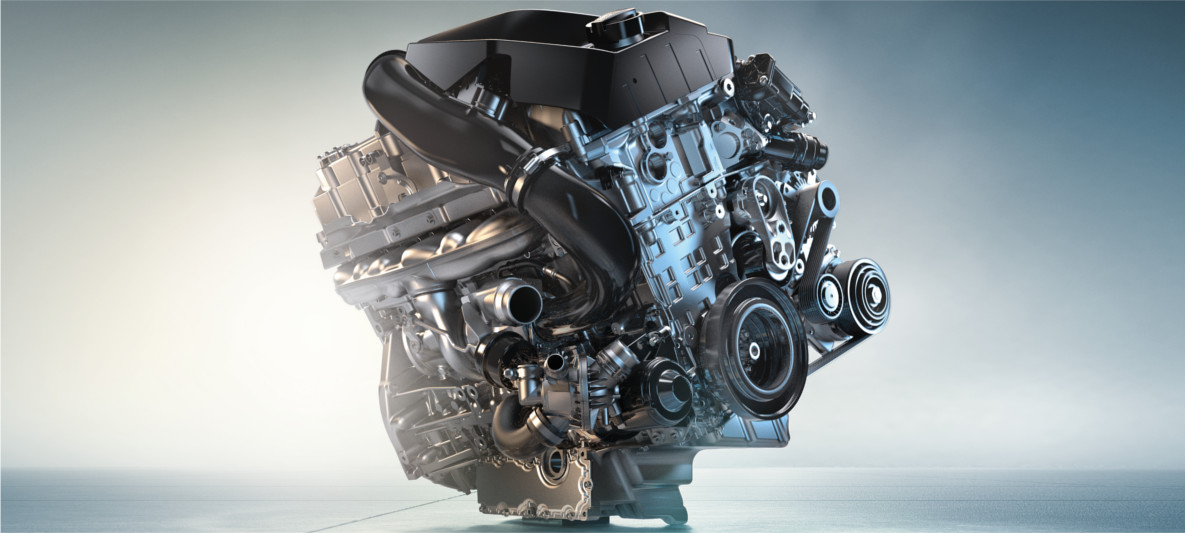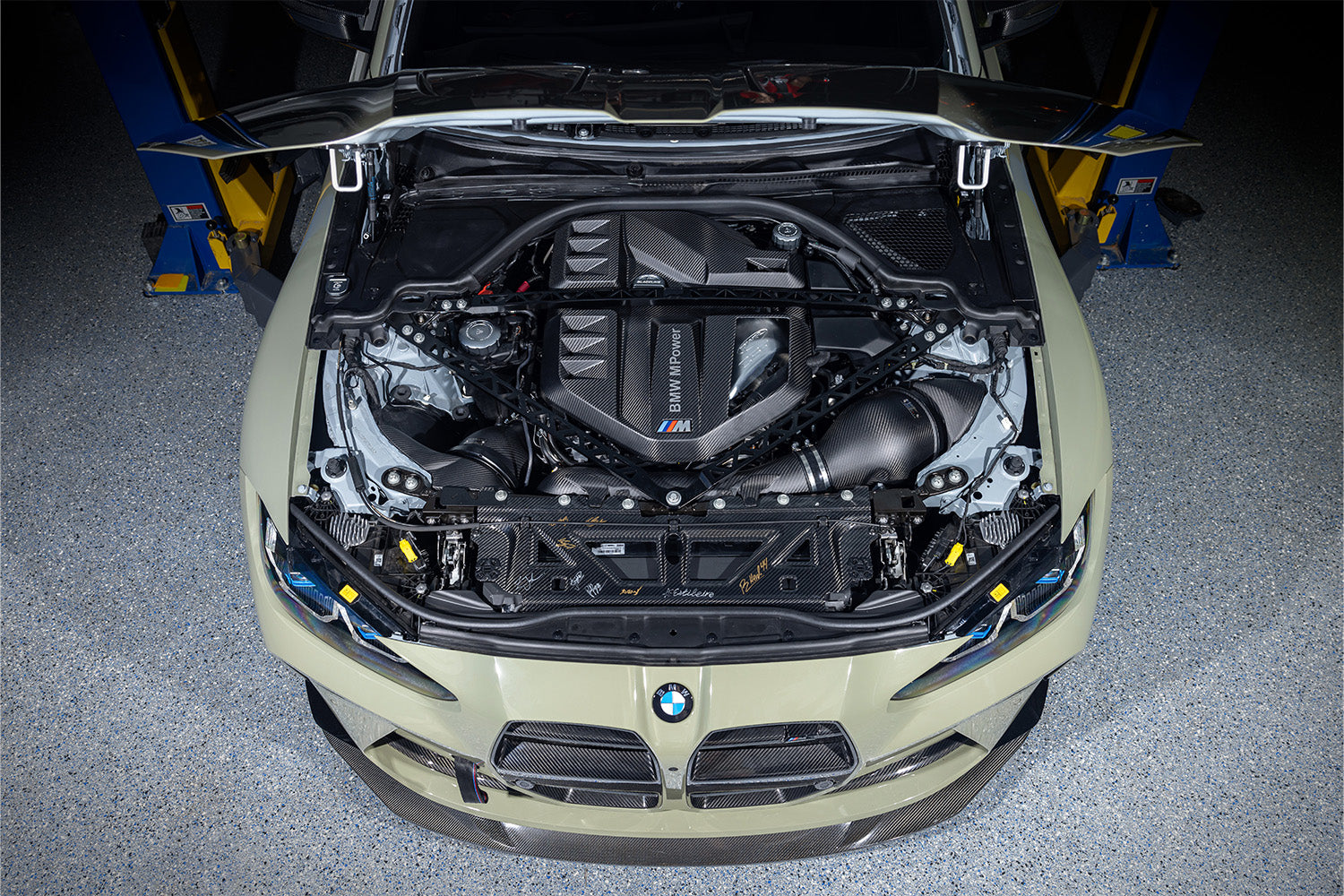Exploring the Development of Burning Engines in Modern Transportation Equipments
As we navigate the landscape of modern-day transport, the development of combustion engines stands as a testimony to human ingenuity and design prowess. The interaction of background, innovation, and ecological worries in forming the trajectory of burning engines creates a story that is both engaging and informative.
Very Early Beginnings of Combustion Engines
Exactly how did the idea of burning engines initial emerge in the onset of transportation growth? When the principles of interior combustion were initial explored, the origins of combustion engines can be mapped back to the 17th century. In 1673, Christian Huygens conceptualized a fundamental interior combustion engine that utilized gunpowder to generate power. It wasn't up until the late 19th century that practical applications of combustion engines in transport started to arise.
The development moment featured the creation of the very first effective gasoline-powered engine by Karl Benz in 1885 - bmw engine. This engine led the means for the advancement of the modern vehicle, transforming transport systems worldwide. Succeeding technologies by Nikolaus Otto and Gottlieb Daimler even more fine-tuned combustion engine technology, causing the mass manufacturing of autos and the fast expansion of the transport market
These early burning engines were defined by their simplicity and performance, laying the structure for the complicated and effective engines made use of in contemporary transport systems. The evolution of burning engines has actually contributed in forming the way we travel and carry goods, noting a substantial landmark in the background of transportation development.
Shift to Internal Burning Innovation
The transition to interior combustion innovation noted an essential shift in the evolution of transportation systems. This shift began in the late 19th century, with developers like Nikolaus Otto and Gottlieb Daimler creating the initial effective inner burning engines. These engines revolutionized transportation by providing a more efficient and powerful option to vapor engines and electric motors.
Among the essential benefits of interior combustion engines was their ability to be reduced to match automobiles, causing the advancement of bikes and automobiles. This shift from cumbersome, stationary engines to compact, mobile ones paved the means for the modern transport systems we see today.
The change to interior combustion modern technology also stimulated innovations in gas technology, resulting in the growth of gas and diesel as main fuel resources for automobiles. This change not just made transportation much more accessible to the masses yet additionally laid the structure for the oil and gas industry to come to be important to global economic climates.
Impact of Combustion Engines on Transport
The fostering of combustion engines in transportation systems catalyzed an extensive shift in the effectiveness and speed of international mobility. Combustion engines transformed transportation by supplying a reputable and versatile source of power for numerous lorries, consisting of cars and trucks, ships, trucks, and airplanes. This development substantially improved the capacity for goods and individuals to conform cross countries in much shorter time frames, bring about raised connectivity in between areas and nations.
Moreover, the extensive use burning engines has actually had a considerable influence on financial development. The capability to transfer items effectively has stimulated profession and commerce, permitting companies to expand their markets and get to more tips here consumers worldwide. This has helped with economic growth and globalization, as products can currently be moved much faster and in larger quantities than ever previously.
However, the environmental impact of burning engines can not be ignored. The burning of fossil gas has actually resulted in air pollution and greenhouse gas emissions, adding to environment adjustment and positioning health and wellness dangers to populaces. bmw engine. Because of this, there is a growing focus on creating different propulsion modern technologies to reduce these adverse effects and create a much more sustainable future for transport
Developments in Combustion Engine Layout
Various developments in combustion engine style have actually propelled the evolution of transportation systems over the years. One noteworthy development is the advancement of turbocharged engines, which utilize exhaust gases to drive a generator that presses inbound air, enabling even more fuel to be burned, leading to boosted power result without a significant increase in engine dimension. Additionally, direct shot innovation has improved fuel effectiveness and efficiency by exactly controlling the quantity and timing of fuel injected right into the combustion chamber. Variable shutoff timing systems have likewise changed engine style by optimizing air flow at different engine speeds, enhancing both power and efficiency. One more substantial development is the integration of lightweight materials such as carbon fiber and aluminum alloys, lowering total engine weight and improving vehicle gas Discover More Here economic situation. Improvements in computer-aided design have enabled engineers to enhance engine efficiency and performance via simulations prior to physical prototypes are built, saving time and sources in the development procedure. These advancements jointly add to the continuous improvement of combustion engines in modern transportation systems.
Future Fads in Burning Engine Development
With modern technology developments driving continual advancement, the future of burning engine advancement is positioned to reinvent transportation systems around the world. One of the crucial fads in combustion engine advancement is the press towards higher effectiveness and reduced discharges. Makers are investing greatly in research and growth to improve engine performance while satisfying stringent ecological guidelines. This includes the combination of advanced gas injection systems, enhanced turbocharging methods, and the usage of lightweight products to enhance fuel intake and minimize carbon exhausts.
Another famous fad is the adoption of crossbreed modern technologies in combustion engines. Crossbreed engines incorporate traditional combustion modern technology with electrical power, providing enhanced gas performance and lower discharges. As the automotive sector shifts towards electrification, hybrid combustion engines are viewed as a transitional solution that links the gap in between conventional cars and totally electrical ones.
Additionally, the assimilation of smart modern technologies, such as fabricated intelligence and data analytics, is expected to play a substantial duty in the future of burning engine growth. These technologies can optimize engine performance in real-time, leading to much more effective combustion processes and enhanced total vehicle efficiency. Welcoming these future fads will certainly not just drive technology in burning engine growth yet additionally add to a much more ecologically friendly and sustainable transportation community.

Verdict
In conclusion, special info the advancement of combustion engines in modern transportation systems has actually been noted by considerable advancements in technology and layout. From the very early beginnings of burning engines to the shift to internal burning modern technology, these engines have actually had an extensive impact on transport.
The origins of combustion engines can be mapped back to the 17th century when the principles of internal burning were very first explored. These engines changed transport by offering an extra powerful and effective option to vapor engines and electric motors.
